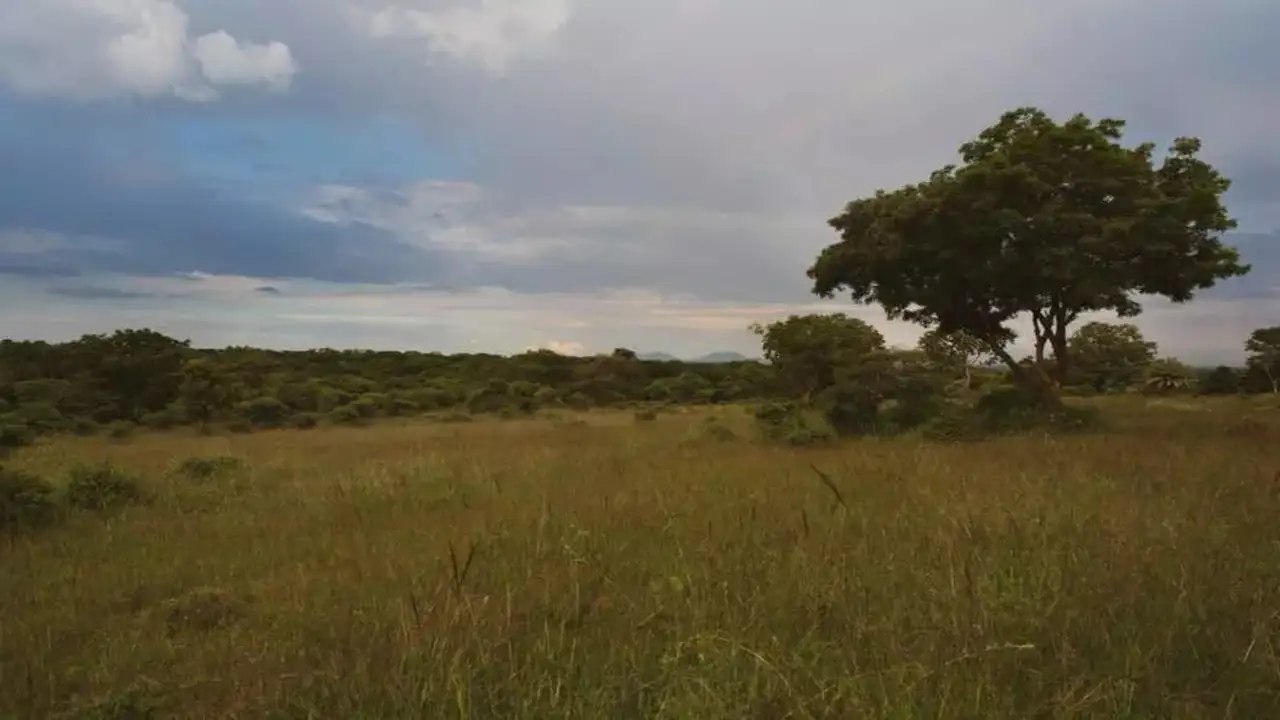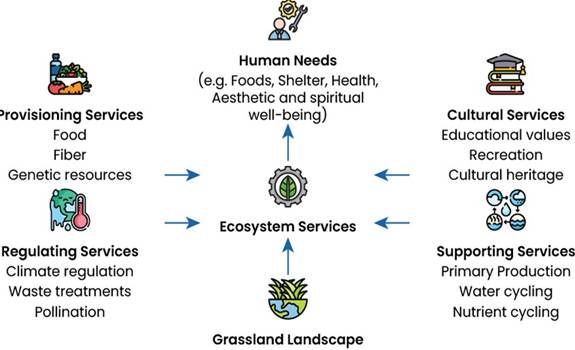- Courses
- GS Full Course 1 Year
- GS Full Course 2 Year
- GS Full Course 3 Year
- GS Full Course Till Selection
- Answer Alpha: Mains 2025 Mentorship
- MEP (Mains Enrichment Programme) Data, Facts
- Essay Target – 150+ Marks
- Online Program
- GS Recorded Course
- Polity
- Geography
- Economy
- Ancient, Medieval and Art & Culture AMAC
- Modern India, Post Independence & World History
- Environment
- Governance
- Science & Technology
- International Relations and Internal Security
- Disaster Management
- Ethics
- NCERT Current Affairs
- Indian Society and Social Issue
- NCERT- Science and Technology
- NCERT - Geography
- NCERT - Ancient History
- NCERT- World History
- NCERT Modern History
- CSAT
- 5 LAYERED ARJUNA Mentorship
- Public Administration Optional
- ABOUT US
- OUR TOPPERS
- TEST SERIES
- FREE STUDY MATERIAL
- VIDEOS
- CONTACT US
Government of Karnataka Notifies Hesaraghatta Grassland Conservation Reserve
Government of Karnataka Notifies Hesaraghatta Grassland Conservation Reserve
07-05-2025

The Government of Karnataka has notified the Hesaraghatta Grassland Conservation Reserve under Section 36A of the Wildlife Protection Act (WPA) 1972.
Conservation Reserve: Key Details
- A Conservation Reserve is considered a protected area under the Wildlife Protection Act (WPA) 1972.
- It can be declared by both State and Central Governments to protect landscapes, seascapes, flora, and fauna.
- These reserves typically act as buffer zones or connectors and migration corridors between established national parks, wildlife sanctuaries, and protected forests.
- The Conservation Reserve Management Committee, appointed by the state government, advises the Chief Wildlife Warden on the management of the reserve.

About Hesaraghatta Grassland
- Hesaraghatta Grassland is located around Hesaraghatta Lake near Bengaluru, Karnataka, and is the last remaining grassland habitat in the Bengaluru region.
- Grasslands are open regions dominated by grasses, typically characterized by a warm, dry climate.
- They are one of the most widely distributed terrestrial biomes, covering 20-40% of the global land area and about 24% of India’s geographical area.
- Globally, grasslands are classified into Tropical Savannas, Temperate Grasslands, and Steppes.
Significance of Hesaraghatta Grassland
- The grassland is an important biodiversity reservoir, home to species like leopards, Indian foxes, smooth-coated otters, and migratory birds.
- It plays a crucial role in reviving groundwater levels and acts as a sponge to soak up monsoon runoff.
- It serves as a large catchment area for the Arkavathy River, Thippagondanahalli Reservoir, and Hesaraghatta Lake.
|
Also Read |
|
| NCERT Books For UPSC | |
| UPSC Monthly Magazine | Best IAS Coaching in Delhi |




